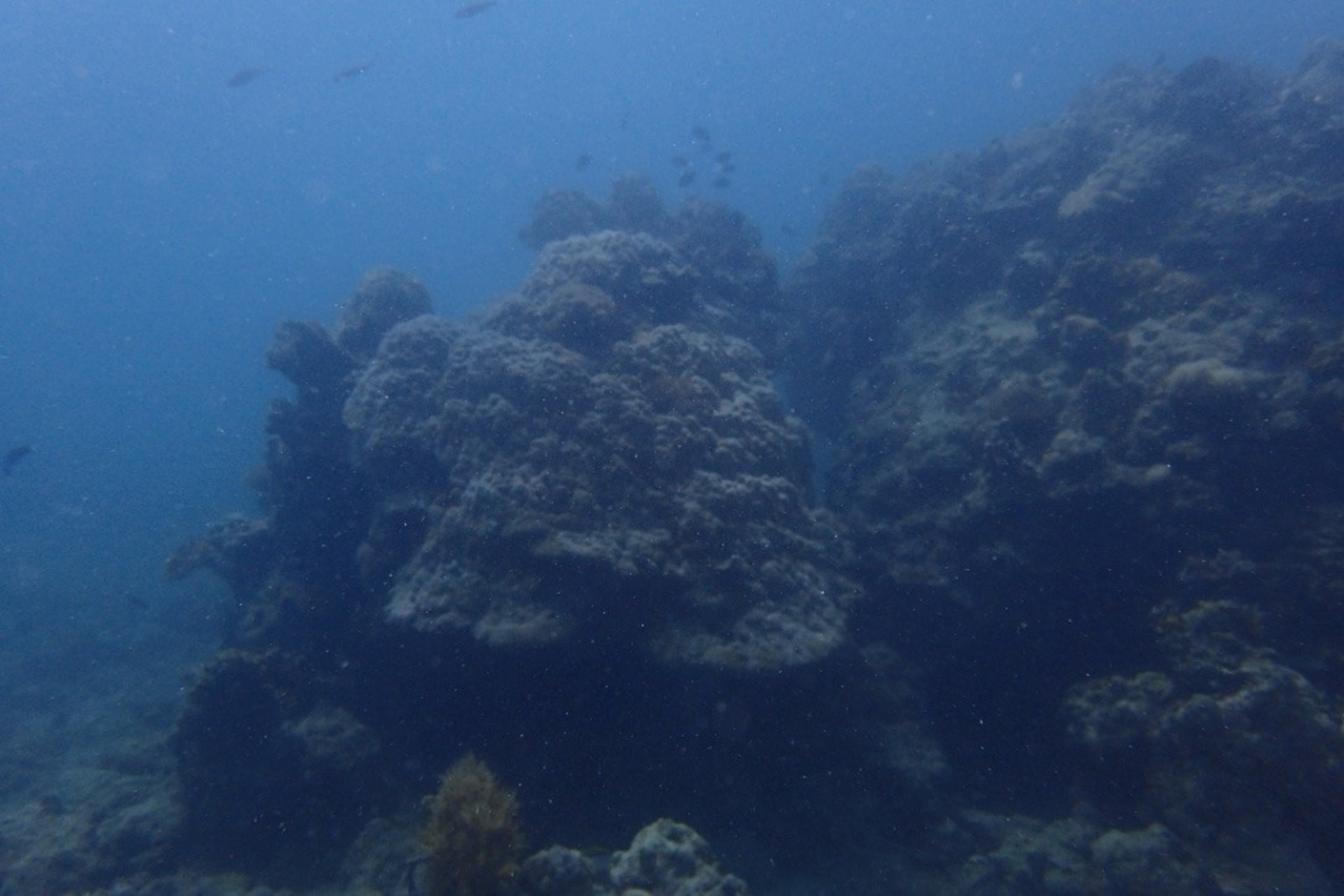
Mesophotic Zone Ecology
The mesophotic zone—sometimes called the “twilight zone” of the ocean—extends from roughly 30 to 150 meters below the surface. At these depths, light begins to fade, but life continues in surprising and often overlooked ways. This zone is too deep for conventional scuba diving and too shallow for many deep-sea exploration tools, making it one of the least studied regions of the ocean. And yet, it harbors diverse communities of corals, invertebrates, and slow-growing fishes that have adapted to life in cold, dimly lit, nutrient-scarce waters. Ecologically, the mesophotic zone may serve as a refuge for species affected by surface-level warming and disturbance—or it may host entirely distinct communities and food webs with their own evolutionary trajectories.
My research explores this depth frontier using stable isotope analysis—a chemical approach that allows us to reconstruct ecological roles from carbon and nitrogen signatures in animal tissues. In one chapter of my dissertation, I examined the trophic structure of mesophotic reef slopes in Fiji and Papua New Guinea. By analyzing the stable isotope signatures (δ¹³C and δ¹⁵N) of scavengers such as Nautilus, fishes, and invertebrates, I was able to estimate their trophic levels and food sources. These data helped clarify the role of phragmocone-bearing cephalopods in deep reef ecosystems and revealed patterns of ecological differentiation between island regions. Even subtle shifts in δ¹³C and δ¹⁵N values pointed to different baseline productivity and community structure across sites—signs of how food webs may be shaped by geography and depth.
In addition to tropical systems, I’ve extended this work to the deep benthic environments of Puget Sound, where steep slopes and fjord-like basins reach depths of around 100 meters. Despite their proximity to major research institutions, these ecosystems remain poorly understood. I’ve begun mapping their food web structure through isotope analysis of benthic fishes and invertebrates—asking how temperate mesophotic systems compare to their tropical counterparts. Are scavenger guilds similar? Is energy routed through similar trophic pathways, or does colder temperature fundamentally alter the flow of nutrients and carbon?
These questions point to a broader need to understand mesophotic zones not just as ecological buffers, but as vital ecosystems in their own right. Because of their inaccessibility, they’ve long been ignored—but that’s exactly what makes them so compelling. Through stable isotope geochemistry and comparative food web modeling, my work aims to bring this dimly lit world into sharper scientific focus. And as climate change and habitat loss continue to impact shallow and deep environments alike, understanding what happens in between may be more important than ever.